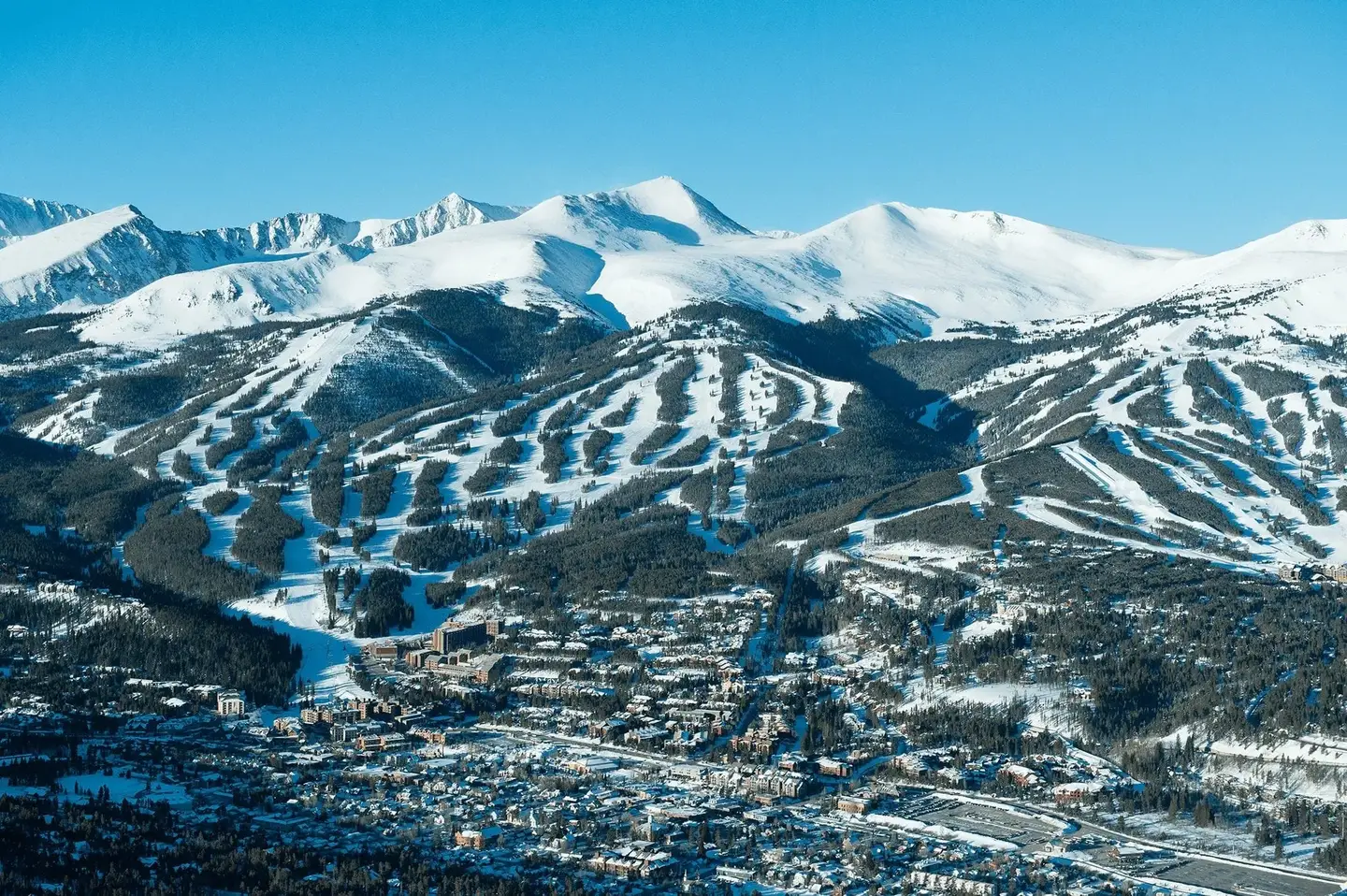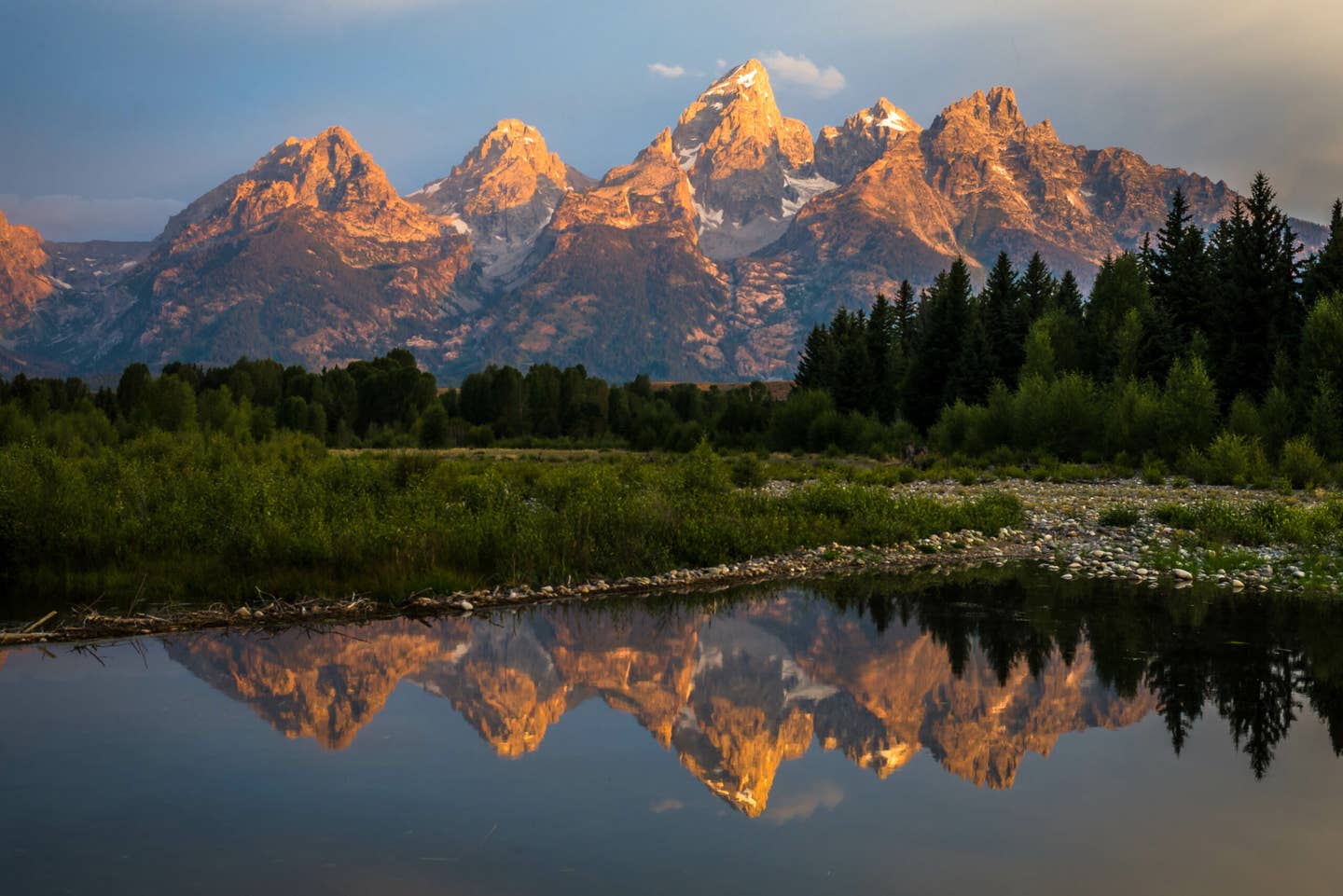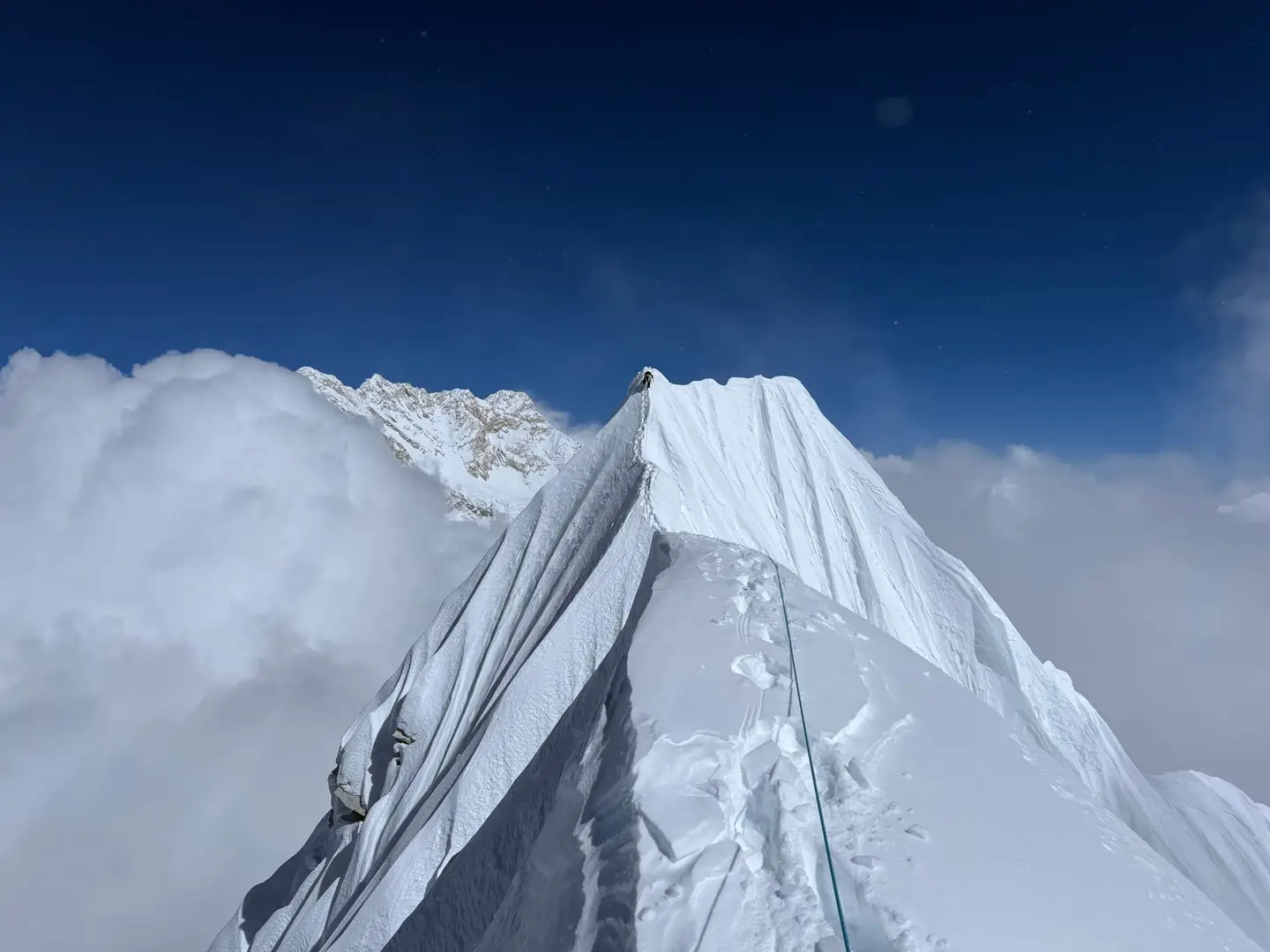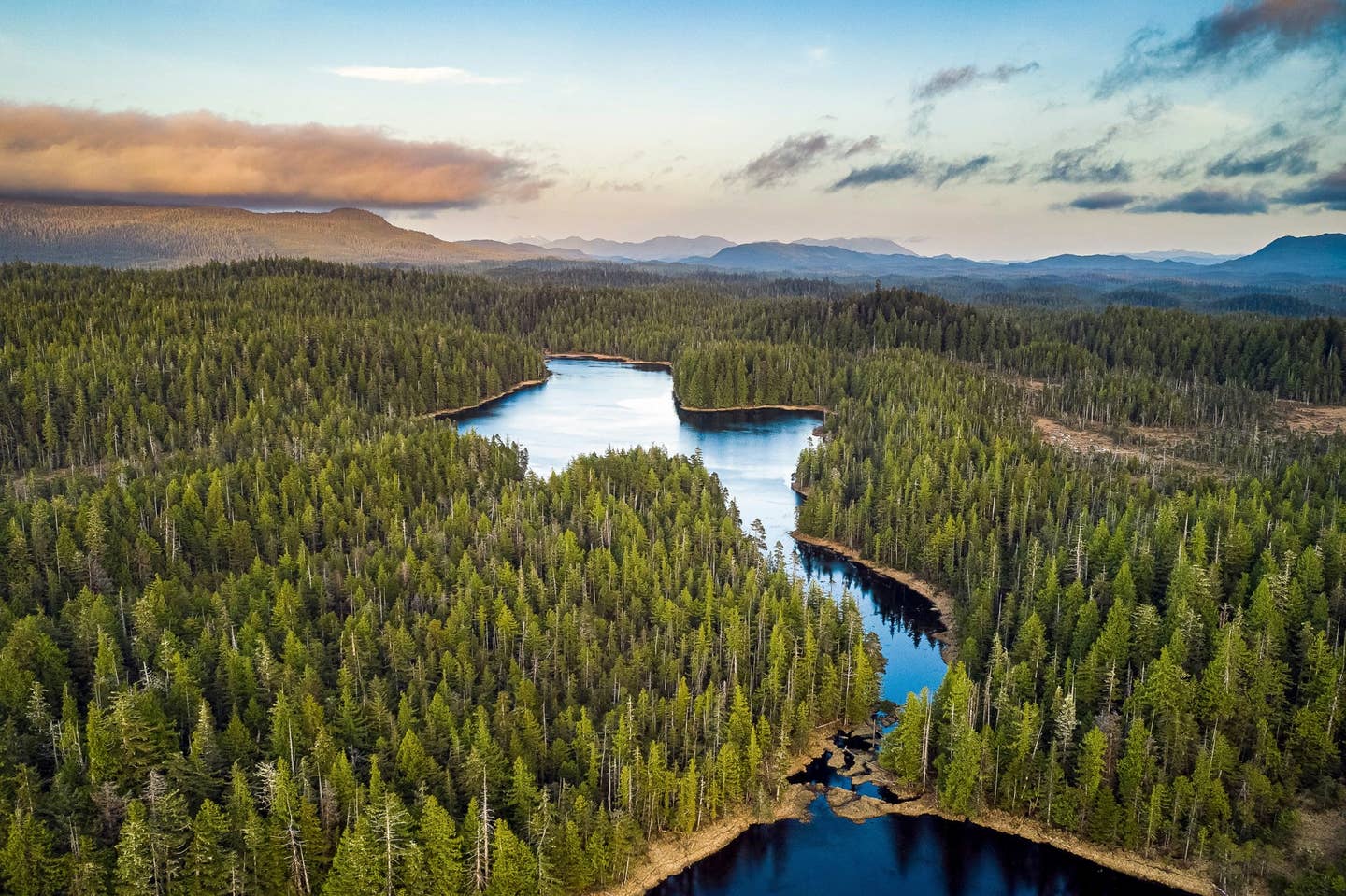

New Administration Moves to Rescind Roadless Rule, Reshaping Forest Access
Popular Stories
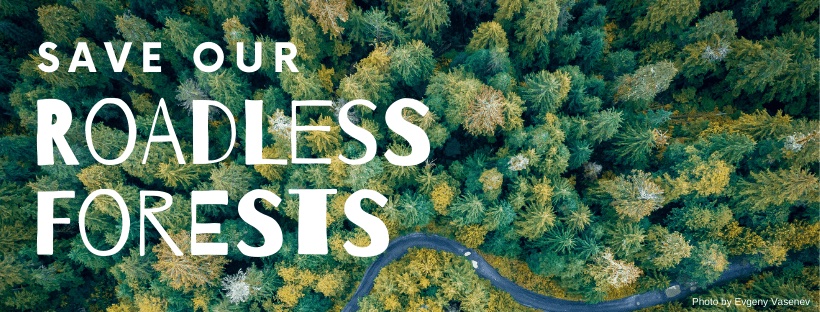
Photo: Washington Wild
The keys to 58.5 million acres of wild, untamed national forestland have just been put into play. In a move sending shockwaves through the outdoor community, the Trump administration announced Monday it is officially rescinding the 2001 Roadless Rule, a landmark conservation policy that has protected some of America’s most rugged and remote landscapes for over two decades.
For backcountry skiers, snowboarders, hikers, and anyone who finds solace in pristine wilderness, this is a big deal. The Roadless Rule essentially banned the construction of new roads and limited timber harvesting in designated areas. This kept the wild, wild—preserving the undeveloped character of iconic zones from California’s Eastern Sierra to Washington’s North Cascades. These are the places we go to escape, to explore, and to find untracked lines.
Sign Up for the TGR Gravity Check Newsletter Now
“Secretary Rollins is taking a blowtorch to a landmark rule that shields almost 60 million acres of national forests from the serious impacts roads can have,” said Vera Smith of Defenders of Wildlife. The Center for Western Priorities was even more blunt, with Policy Director Rachael Hamby calling the move a "massive giveaway to timber companies."
However, the change won’t happen overnight. The rollback requires a lengthy regulatory process and is guaranteed to be challenged in court, which could delay or even alter the final outcome. Furthermore, this federal decision doesn't erase protections put in place by individual states; backcountry terrain in states like Colorado and Idaho, which have their own specific roadless rules, will remain shielded.
So what happens now? The future of many cherished backcountry zones is uncertain. The ultimate impact—whether it leads to improved forest management or opens the door to destructive development—will vary widely depending on the specifics of the new rules and how they are implemented by local land managers. The one certainty is that this fight is far from over. For now, the soul of the American backcountry hangs in the balance.
